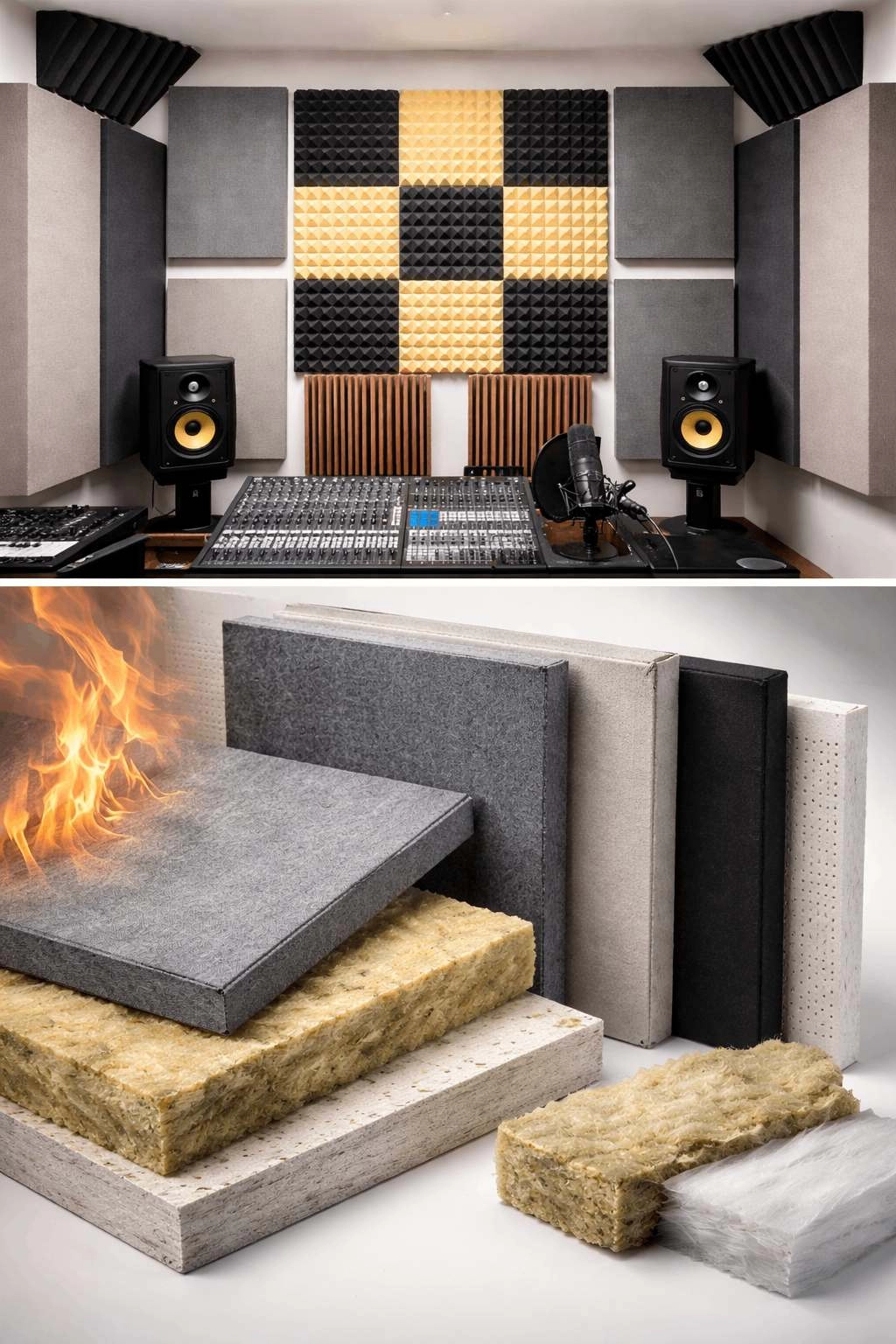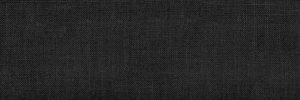In the world of fashion, texture plays a vital role in creating visually captivating and sensorially stimulating designs. From luxurious fabrics to intricate embellishments, texture adds depth, dimension, and personality to garments, making them stand out in a sea of sartorial choices. But why exactly is texture used in fashion? In this article, we will delve into the reasons behind the incorporation of texture in fashion and explore its significance in creating high-quality and impactful designs.
- Enhancing Visual Appeal:
Texture is a powerful tool that designers utilize to enhance the visual appeal of their creations. By incorporating different textures, such as smooth silk, rough tweed, or intricate lace, designers can create a visually dynamic and interesting composition. The interplay of textures adds depth and complexity to the overall design, making it visually captivating and aesthetically pleasing. - Creating Tactile Sensations:
Fashion is not just about visual aesthetics; it is also about the sensory experience. Texture allows designers to create garments that not only look beautiful but also feel luxurious to the touch. The choice of fabrics, such as soft cashmere, plush velvet, or delicate chiffon, can evoke different tactile sensations, adding a layer of indulgence and comfort to the wearer's experience. The tactile aspect of texture enhances the overall sensory appeal of fashion, making it a truly immersive and pleasurable experience. - Conveying Emotions and Themes:
Texture serves as a powerful means of conveying emotions and themes in fashion. Different textures can evoke different moods and messages. For example, a rough and distressed texture may convey a sense of edginess and rebellion, while a smooth and flowing texture may evoke a feeling of elegance and grace. By carefully selecting and combining textures, designers can effectively communicate their desired emotions and themes, creating a cohesive and impactful fashion statement. - Adding Dimension and Structure:
Texture is instrumental in adding dimension and structure to garments. Through the use of techniques such as pleating, ruching, or embroidery, designers can create intricate patterns and shapes that add depth and structure to the fabric. Texture can transform a flat and lifeless garment into a three-dimensional work of art, elevating its overall design and making it visually striking. - Setting Trends and Pushing Boundaries:
Texture is a key element in setting fashion trends and pushing creative boundaries. Designers constantly experiment with new textures, materials, and techniques to create innovative and groundbreaking designs. By pushing the limits of texture, fashion evolves and progresses, setting new trends and inspiring future generations of designers.
In conclusion, texture is an essential component of fashion that goes beyond mere aesthetics. It enhances visual appeal, creates tactile sensations, conveys emotions and themes, adds dimension and structure, and sets trends. By understanding the significance of texture in fashion, we can appreciate the artistry and craftsmanship behind every garment. So, the next time you admire a beautifully textured piece of clothing, remember the thought and intention that went into creating that sensory masterpiece.












+ There are no comments
Add yours